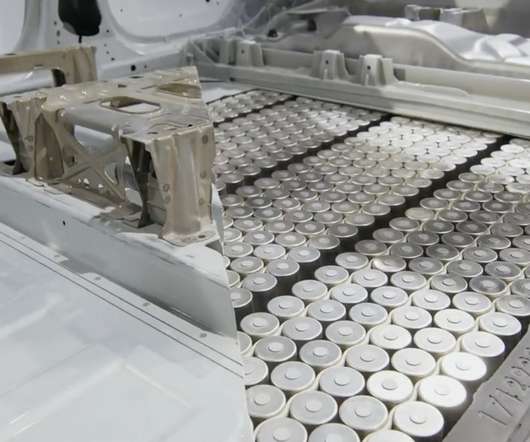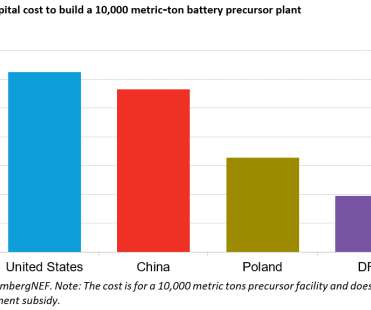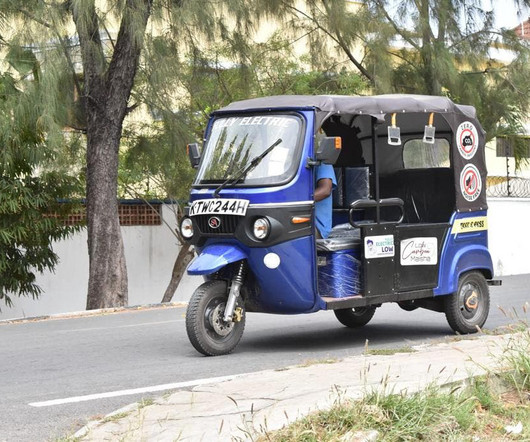Roskill: graphite prices could push higher on tightening markets for batteries & electrodes
Green Car Congress
MAY 18, 2018
Demand for graphite in battery applications is forecast to grow by 5-8% per year over the decade between 2017 and 2027, depending on the uptake of electric vehicles (EVs) and energy storage—the largest end-use applications for lithium-ion batteries. Other projects are also planned in Austria, Canada, India, Russia and the US.












Let's personalize your content